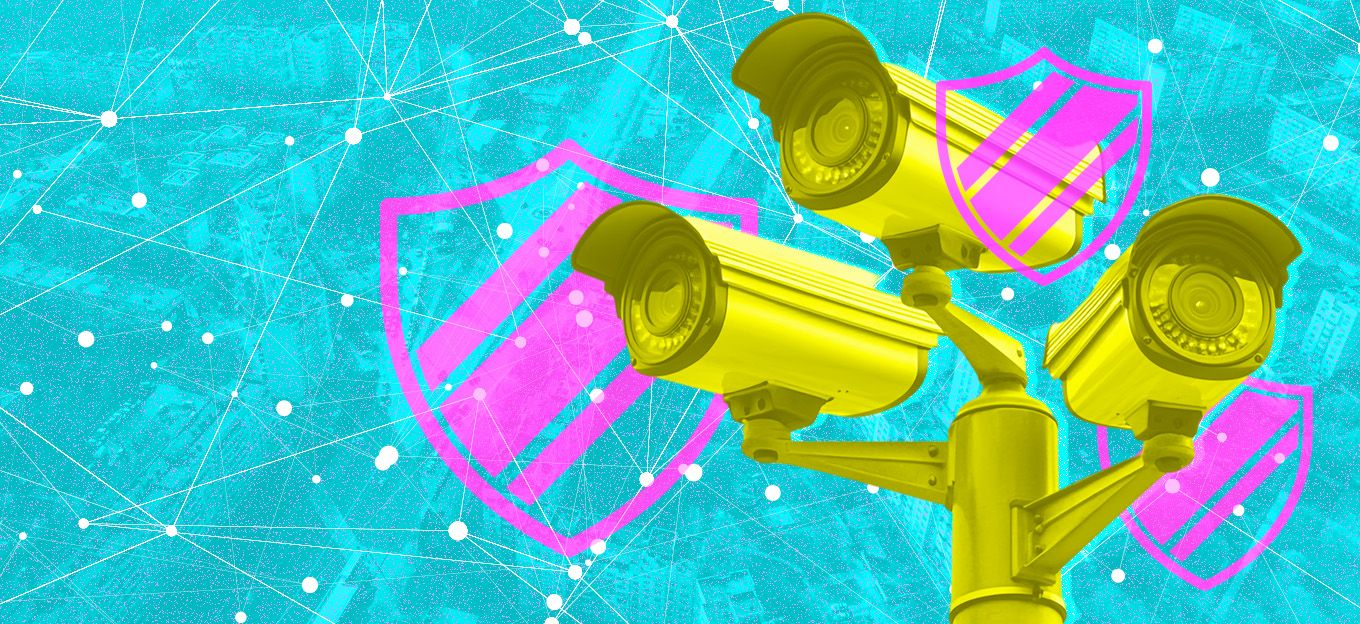5 Tips to Enhance IoT Data Backup Strategies
5 Tips to Enhance IoT Data Backup Strategies
- Last Updated: December 2, 2024
Zac Amos
- Last Updated: December 2, 2024



The Internet of Things (IoT) is everywhere and has become essential to users’ daily lives in personal and business settings. From smart home appliances to business tools, IoT devices are there to enhance efficiency and decision-making. However, the amount of data these items generate is as vulnerable as it is crucial. Therefore, strong data backup strategies are necessary to keep it safe and accessible, enabling digital lives to run more smoothly.
Understanding IoT and the Data It Produces
IoT makes up a vast network of devices connected to the internet, ranging from small sensors to industrial machinery. This technology constantly collects and exchanges data so it can work smarter and more autonomously. For example, a smart thermostat learns a homeowner’s schedule to adjust the temperature automatically. A connected factory machine can report its condition in real time.
The data these devices produce is incredibly diverse, from how products perform to how people interact. This information is key for various purposes, including:
- Personalizing user experiences
- Optimizing operations
- Driving innovation across multiple sectors
The Importance of Backing up IoT Data
Backing up IoT information is vital for preventing data loss. Companies losing information can see far-reaching effects and be at risk of various threats. These include hardware malfunctions, cyberattacks, and human errors.
Companies can learn from one university’s experience. A flawed backup system led to the loss of 77 terabytes of invaluable research data. The system was configured so new backups would overwrite the old ones, leaving the school with no fallback option when the information loss occurred.
While regular data backups are crucial, this shows the necessity of having a good strategy that follows routine best practices.
Tips to Improve IoT Data Backup Strategies
Adopting best practices in IoT data backup is critical for protecting a company’s information. The following methods offer several ways to enhance these strategies and help businesses safeguard valuable materials against cyberattacks.
1. Conduct Regular Backup Scheduling
Consistently scheduling backups is essential for preserving data, even in the event of loss or corruption. Backup frequency will depend on how critical and dynamic the data is. For instance, companies with high-priority IoT systems should schedule daily or even hourly backups.
This process maintains consistency and ensures the backups are performed during off-peak hours, which minimizes the impact on system performance.
2. Keep Multiple Backup Copies
Holding multiple copies of your backups is crucial for data retention storage. One method to adhere to is the 3-2-1 backup rule, which advises keeping at least three copies of data — one primary and two backups.
Companies should store these backups on two different media types to protect against device or media failure. Furthermore, one of these copies should be kept off-site or on the cloud. That way, it guarantees protection against natural disasters and theft.
Following the 3-2-1 rule can be the difference between a minor inconvenience and a catastrophic loss. By implementing it, organizations ensure data recovery is possible even in a disaster.
3. Use Encryption
Encrypting data backups is vital in enhancing the protection from unauthorized access. Encryption involves changing the information into a format only someone with a decryption key can read. This practice is particularly important for IoT environments since hackers can easily intercept the data it transmits.
Therefore, encryption is essential for keeping personal and operational data safe. Making information inaccessible to attackers means companies can comply with privacy regulations, helping them avoid lawsuits, reputation loss, and other costly outcomes.
4. Test Recovery Processes
Regular testing ensures organizations can quickly and accurately restore data after a loss. This involves simulating scenarios to identify backup and recovery plan weaknesses.
Rapid recovery is essential for IoT systems to minimize downtime and maintain operational continuity. Regular testing lets professionals fine-tune their backup strategy, ensuring it meets the needs of the IoT infrastructure.
Additionally, it prepares the IT team for efficient recovery, instilling confidence in the system’s resilience. Incorporating routine testing guarantees preparedness, protecting companies against data-related disruptions.
5. Monitor Backup Systems
Monitoring backup systems is another vital practice for ensuring the integrity and reliability of IoT data backups. Continuous checking allows immediate detection of failures or issues within the process. IT professionals can quickly resolve an unsuccessful backup job or storage capacity problem with automatic alerts.
This approach ensures teams minimize data loss risks and that the systems run as intended. Several tools are available to keep an eye on IoT data backups. These technologies include performance tracking, health and status updates, dashboards, logs, and more. It’s essential to use the analytics it provides to gather insights about improvement recommendations.
Keep IoT Data Safe With Robust Backup Strategies
A strong IoT data backup strategy is necessary for protecting sensitive information and preventing loss. However, the key to effective data protection is implementing best practices. Doing so ensures the longevity of IoT systems and higher-end security in enhancing safety.
The Most Comprehensive IoT Newsletter for Enterprises
Showcasing the highest-quality content, resources, news, and insights from the world of the Internet of Things. Subscribe to remain informed and up-to-date.
New Podcast Episode

Moving Past the Pilot Phase in IoT and AI
Related Articles





